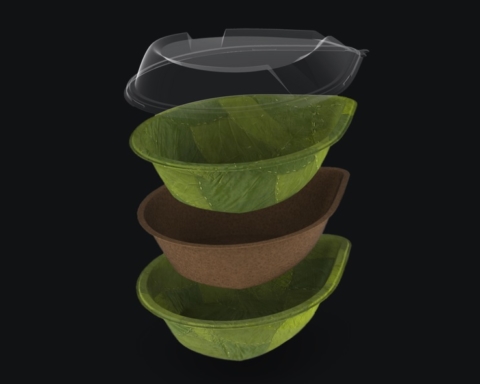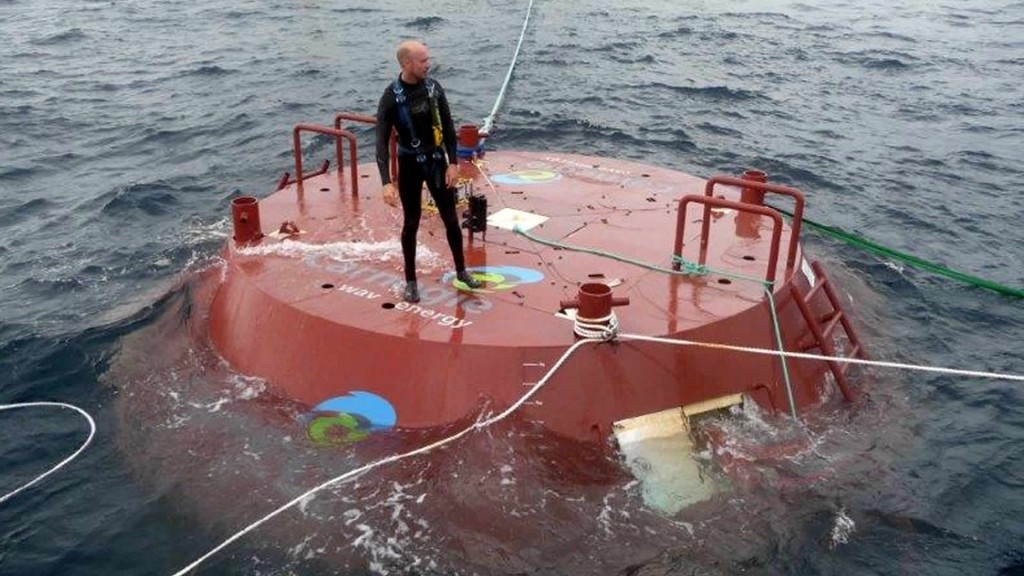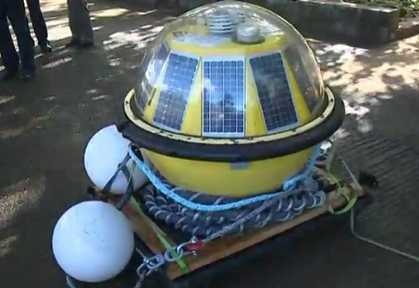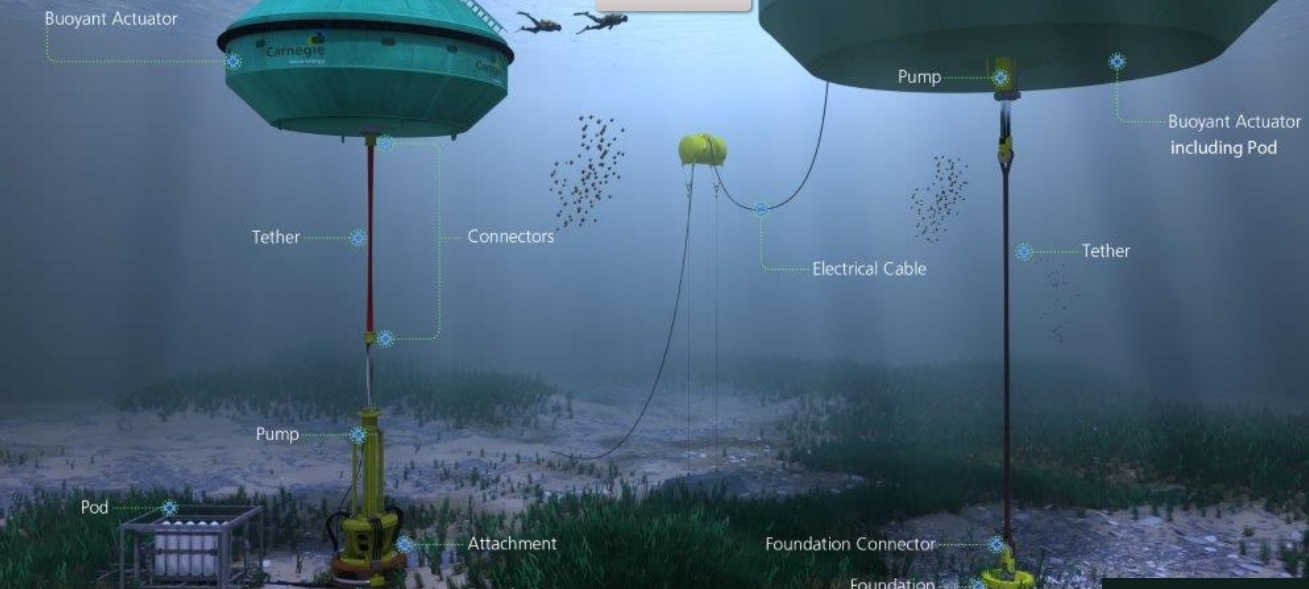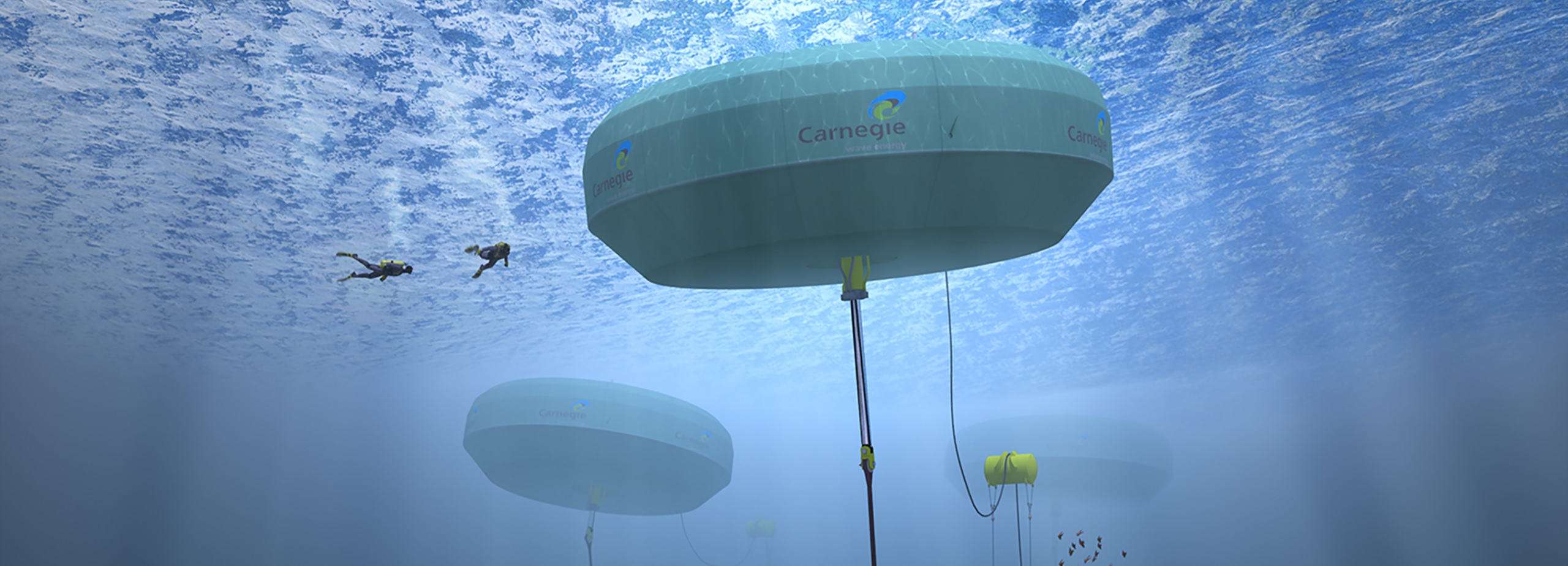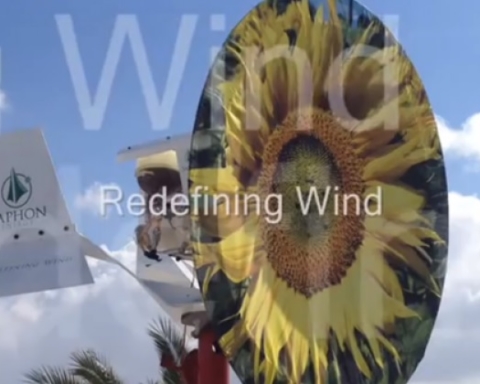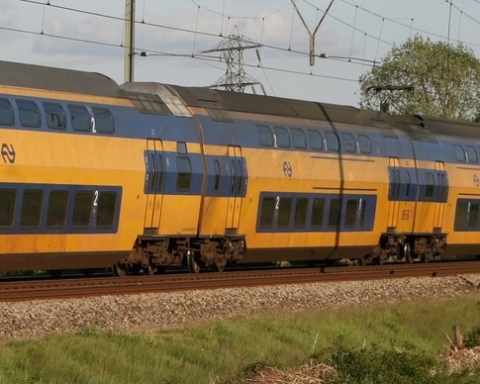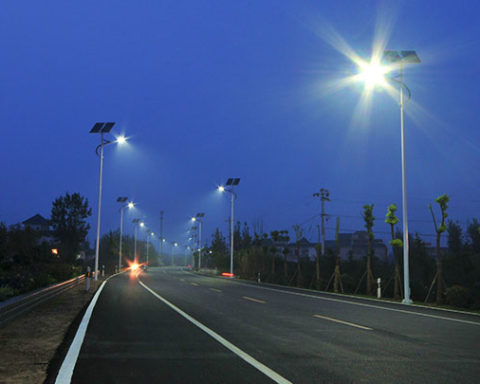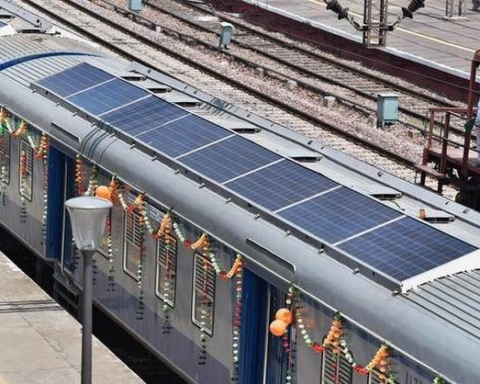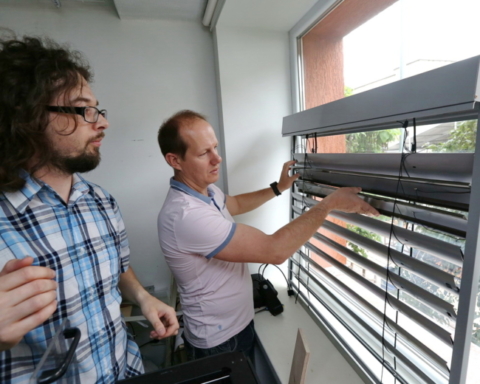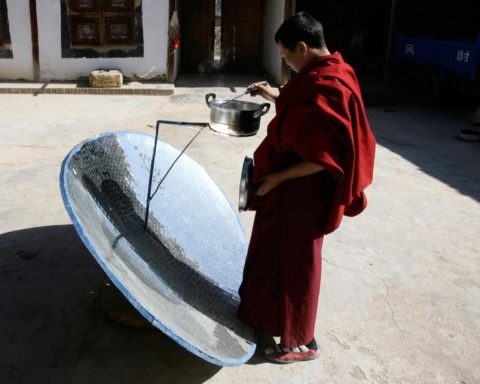Using waves to produce energy may be soon a reality in Mauritius. A Wave Monitoring Device has been deployed in Souillac (south of the Island) this week by Carnegie Wave Energy Limited.
This wave tracking device is a floating compass that will collect marine data for six months to determine if Mauritius can produce renewable energy from its ocean. This is a project costing 900,000 Australian dollars is being supported by the Australian High Commission and the Government of Mauritius.
The Mauritius Research Council (MRC) has signed an agreement with Carnegie Wave Energy Limited. This is an Australian wave energy technology developer using the CETO Wave Energy Technology intellectual property. The CETO system is different from other wave energy devices as it operates under water where it is safer from large storms and invisible from the shore. The CETO technology has three main characteristics. It converts ocean wave energy into zero-emission electricity and desalinated water. It is environmentally friendly as it has minimal visual impact and attracts marine life. It is also entirely submerged in deep water, away from breaking waves and beachgoers.
The Australian company will also develop a roadmap for renewable energy in Mauritius after doing financial, technical and commercial feasibility studies. Compared to renewable energy, wave energy has unique characteristics; less variable and more progressive. In addition, wave energy is estimated to be at least three times more predictable than wind energy. The ‘aussies’ are confident that this project will be a success.
Mauritius is well positioned to take advantage of ocean energy
Mauritius has a total area of 2.3 million square kilometers of Exclusive Economic Zone and is geographically well positioned to take advantage of ocean energy. The Indian Ocean Island has no oil resources, natural gas or coal reserves. It is dependent on imported petroleum products to meet most of its energy needs. Petroleum products imported and coal account for 75.4% of primary energy needs. Renewables contribute about 22% of the primary energy supply, with hydroelectric plants with a capacity of 59MW.
Five locations near Souillac have already been earmarked for the deployment of the wave monitoring device.



